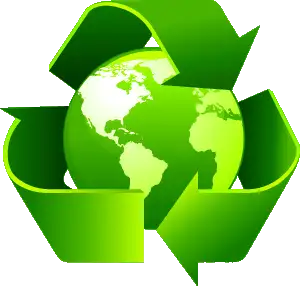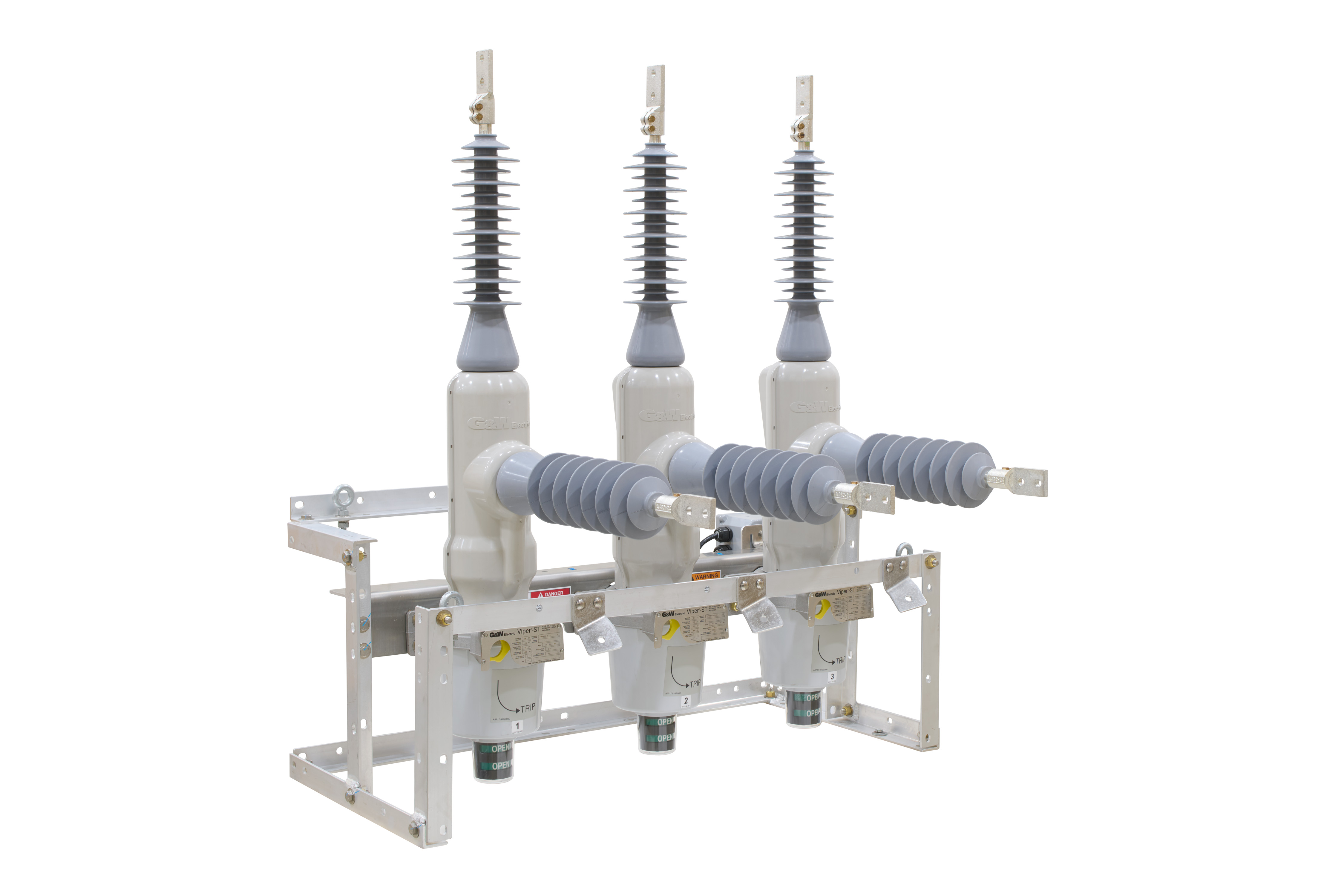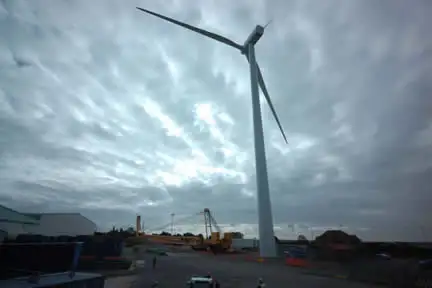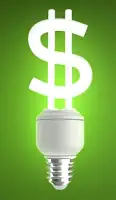Renewable Alternative Energy Explained

Renewable alternative energy integrates solar PV, wind turbines, hydroelectric and biomass with power electronics, battery storage, smart grids, and grid-tied inverters to deliver sustainable electricity, demand response, and resilient microgrids.
What Is Renewable Alternative Energy?
Renewable alternative energy uses low-carbon sources with power electronics and storage to deliver reliable electricity.
✅ Power electronics: inverters, converters, MPPT for PV and wind
✅ Grid integration: synchronization, frequency control, protection
✅ Energy storage: batteries, BMS, supercapacitors, grid services
What are renewable alternative energy sources? Renewable energy sources, such as solar energy and wind energy, are alternative energy supplies that are refilled by natural processes when they're used. The ultimate source of all renewable energy is the sun. Electricity can be obtained from the sun directly (such as solar heating systems) or indirectly (as in hydro electricity, wind power, and biomass fuels). Renewable energy supplies can run out if they are used faster than they become replenished. For example, most of England's forests were cut down and used for fuel before the English started using coal. Renewable energy supplies have the chance to last forever if used wisely. For fundamentals and current trends, the Electricity Forum explains key renewable energy sources that complement these concepts.
There are other alternatives to our typical energy sources that are not renewable. Although these are "alternative energy" rather than "renewable energy", they use the energy we have more efficiently than older technologies. In doing this, they help us make our existing energy supplies last longer and give us more time before we run out of stored fossil and atomic fuels. However, parallels can be drawn between the two, which can make them interchangeable. Alternative energy sources don't threaten the environment even though they cannot necessarily be renewed. Renewable energy sources are, as we previously mentioned, renew them as fast as we use them. In this article, we focus on the energy sources that can be called both "alternative energy" and "renewable energy." We call them "renewable alternative energy sources." To clarify terminology, this overview of what is alternative energy outlines distinctions commonly used by educators and policymakers.
Using renewable alternative energy sources can save money, protect the environment, and assure future generations of people that efficient energy will be available.
Practical adoption is often driven by proven alternative energy solutions that reduce costs and emissions in real projects.
Here are a few renewable alternative energy sources that are in use today. Broader context on evolving technologies appears in this survey of forms of alternative energy relevant to the categories below.
Renewable Alternative Energy - Hydroelectric power
Hydropower represents one of the oldest and largest renewable power sources (this renewable alternative energy source has an existing capacity of over 80,000 MW). Hydropower plants convert the energy of flowing water into electricity. This is primarily done by damming rivers to create large reservoirs and then releasing water through turbines to produce electricity. Hydropower results in no emissions into the atmosphere but the process of damming a river can create significant ecological problems for water quality and for fish and wildlife habitat. Comparative evaluations with other alternative energy sources highlight trade-offs in capacity, siting, and ecological impacts.
Renewable Alternative Energy - Biomass Power
Biomass is second to hydropower as a leader in renewable alternative energy production and has an existing capacity of over 7,000 MW. As a renewable alternative energy source, biomass as a fuel consists of organic matter such as industrial waste, agricultural waste, wood, and bark. Biomass can be burned directly in specially designed power plants, or used to replace up to 15% of coal as a fuel in ordinary power plants. Biomass burns cleaner than coal because it has less sulfur, which equates to less sulfur dioxide being emitted into the atmosphere. Biomass can also be used indirectly, since it produces methane gas as it decays. Power can be produced from methane by burning in a boiler to produce steam to drive steam turbines. Steam can also be produce in gas turbines through internal combustion and reciprocating engines.
Renewable Alternative Energy - Geothermal Power
Geothermal power plants capitalize on high temperatures deep underground to make steam, which then powers turbines that produce renewable alternative energy. Geothermal power plants can draw from underground reservoirs of hot water or can heat water by pumping it into hot, dry rock. High underground high temperatures are accessed by drilling wells, sometimes more than a mile deep. In one sense, this geothermal energy is not renewable, since sometime in the future the core of the earth will cool. That time is so far off (hundreds of millions of years) that that we think of it as renewable. Geothermal heat pumps use compressors to pump heat out of the earth (for winter heating) or into the earth (when running as air conditioners in summer). The energy they pump into and out of the earth is renewable, since it is replaced by the cycle of the seasons. The energy that runs the compressor can either be renewable or conventional.
Renewable Alternative Energy - Solar Power
Solar power comes directly from the power of the sun and is used to produce renewable alternative energy, to produce heat, and for light. Solar represents a small share of the electric market in the United States – about one-half of one percent of electrical capacity. Solar power's contribution to heating and lighting is much larger because it can be produced either by power plants using the sun’s heat or by photovoltaic (PV) technology, which uses solar cells to convert sunlight directly to electricity. PV technology is more practical for residential use. Systems to use the heat of the sun directly can be either active or passive. In active systems, air or liquid circulate through solar collectors and bring heat to where it is used. In passive systems, buildings are built with heat-absorbing surfaces and windows set up to maximize solar heating in winter. Either renewable alternative energy solar technology is suitable for residential use. Systems to directly use the light of the sun are most common. The most usual device for using sunlight is the window, but skylights and skylight tubes are also used. Homeowners can explore design considerations in this primer on alternative energy solar power for residential applications.
Renewable Alternative Energy - Wind Power
Wind has been a fast growing energy source over the last decade mainly due to very significant improvements in wind power technology. Renewable alternative energy Wind power is produced by the wind's energy to turn aerodynamic blades that are mounted to a hub. The hub, which is connected to a shaft, turns a generator that produces electricity. Large utility-scale wind turbines range in size from 50 kilowatts to over four megawatts. Smaller wind towers (under 50 kW) are suitable for residential and agricultural use. Modern turbines are increasingly integrated into smart alternative energy systems that optimize output and grid reliability.
Renewable Alternative Energy - Fuel Cells
A fuel cell is an alternative energy device, but it is not necessarily a renewable energy device. It is only renewable if the source of the fuel used is renewable. A fuel cell is an electrochemical device, like a battery in that it converts the energy from a chemical reaction directly into electricity and heat. But unlike a battery, which is limited to the stored chemicals within, a fuel cell has the capability of generating energy as long as fuel is supplied. Modern fuel cells produce electricity by combining hydrogen and oxygen together without using combustion. The oxygen comes from the air, while the hydrogen can either be produced from water (using electricity) or extracted from fossil fuels. New fuel cells are being developed that can directly use fossil fuels. The 150-year-old fuel cell technology shows promise in providing energy for residential use and for powering vehicles.















